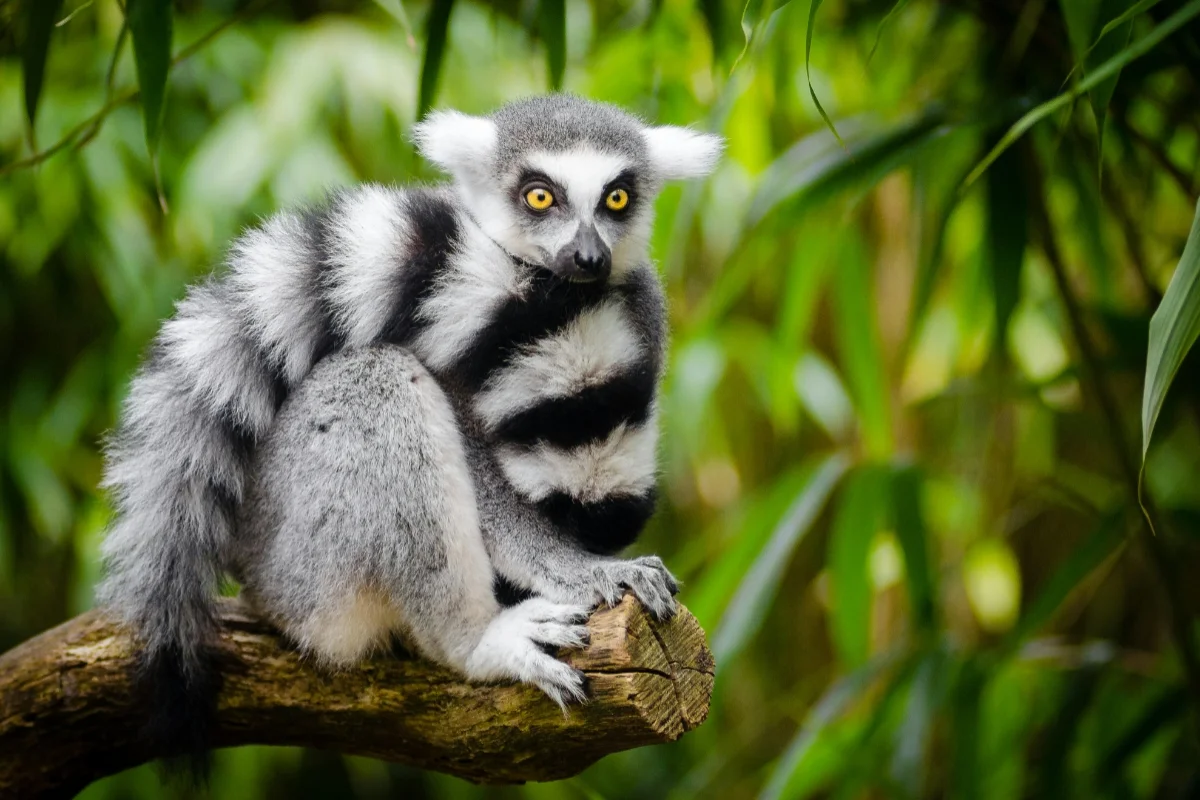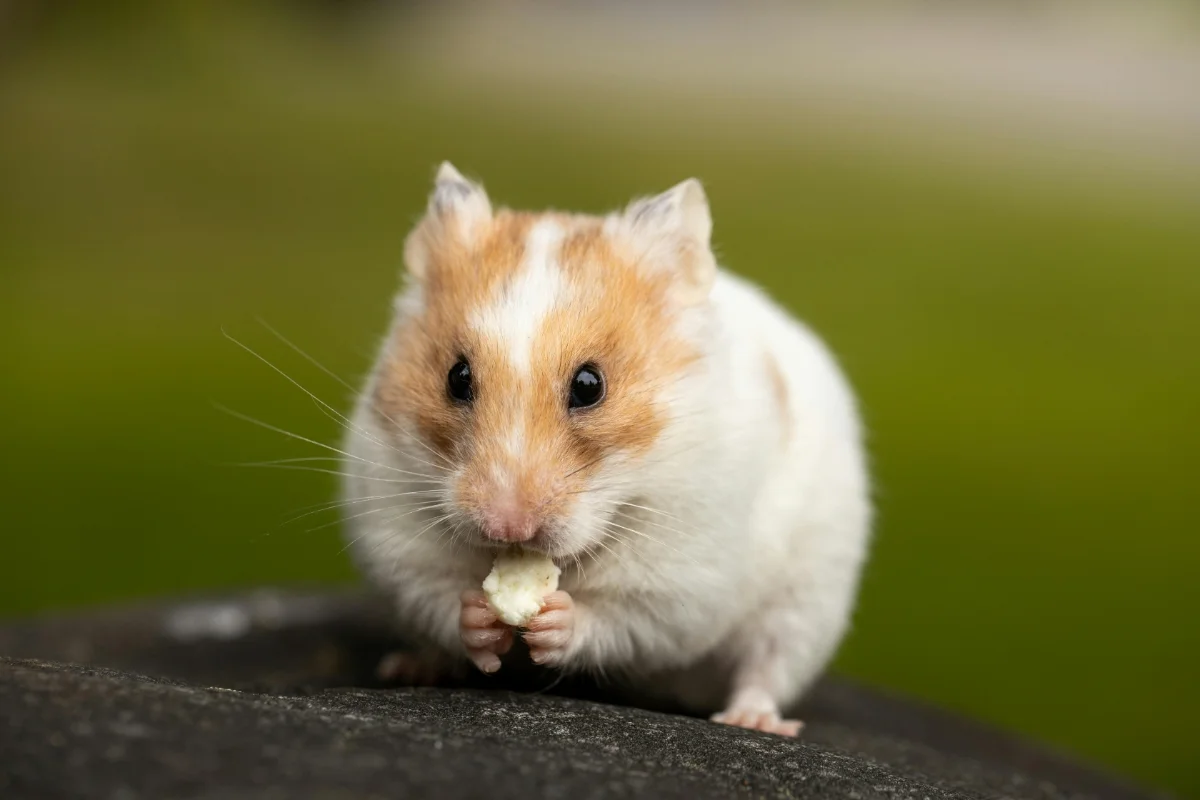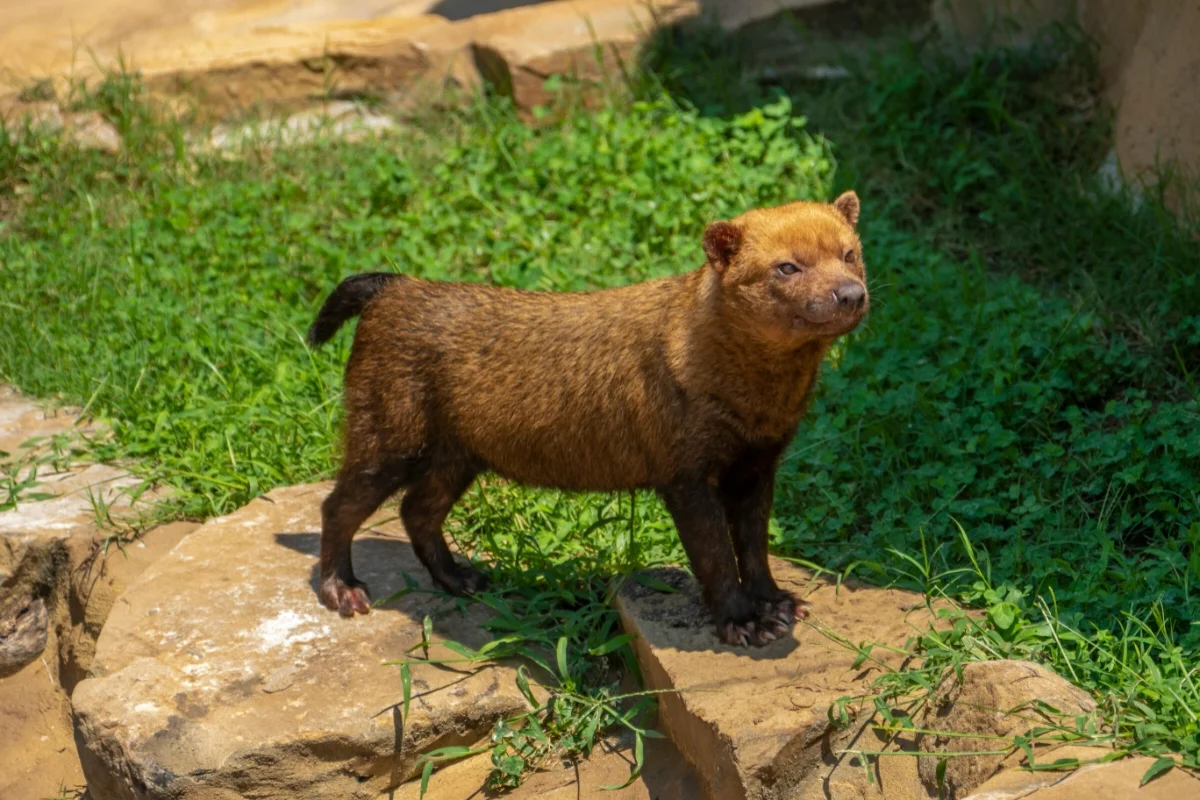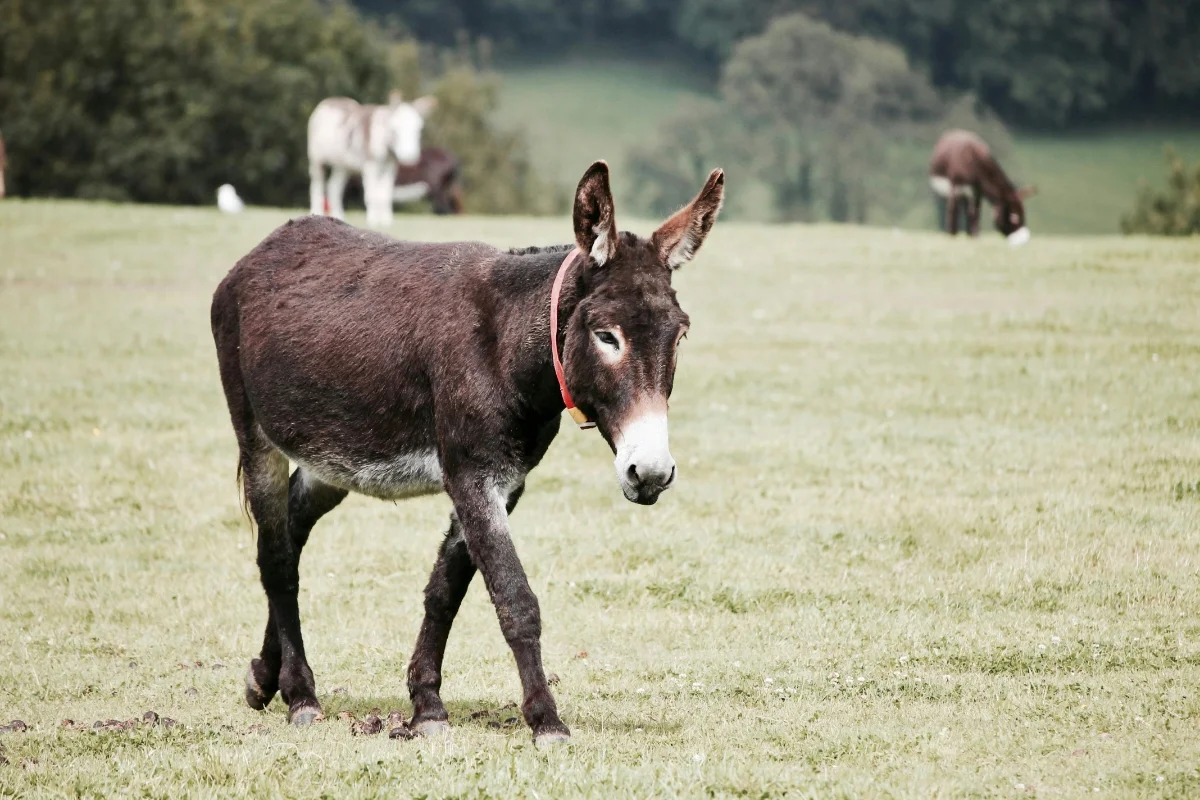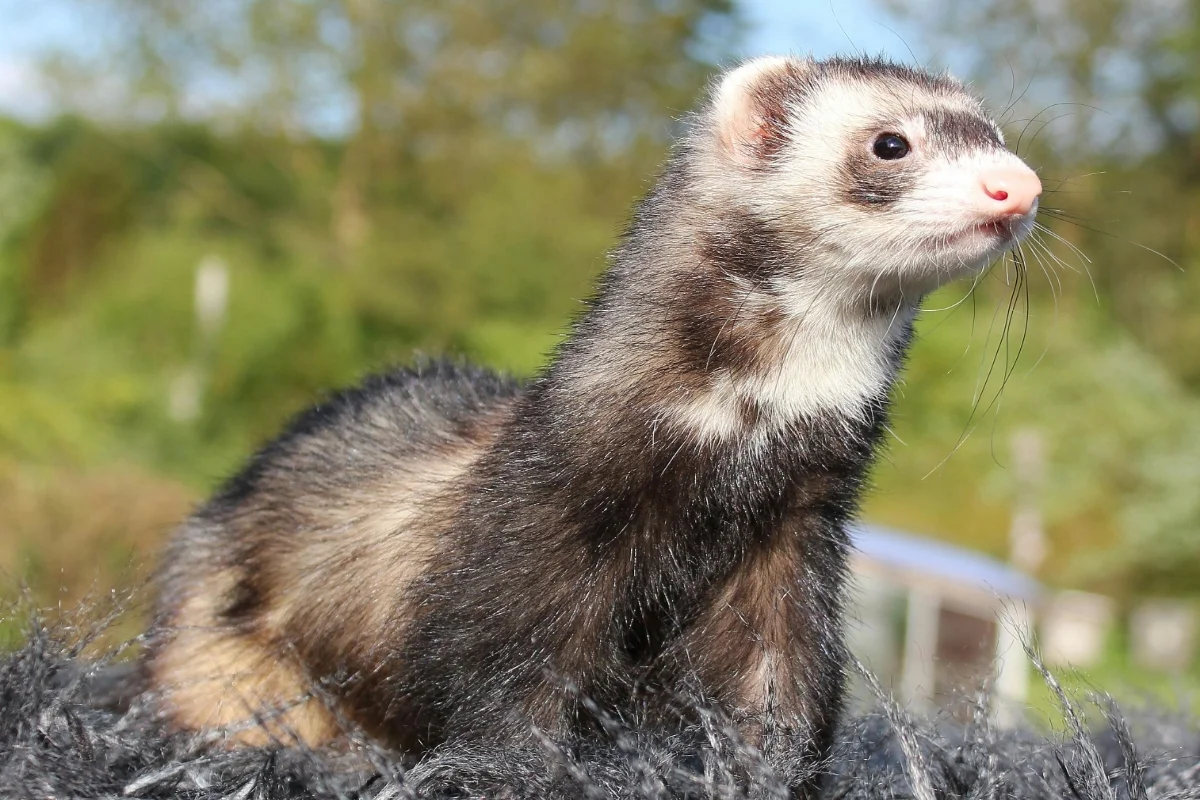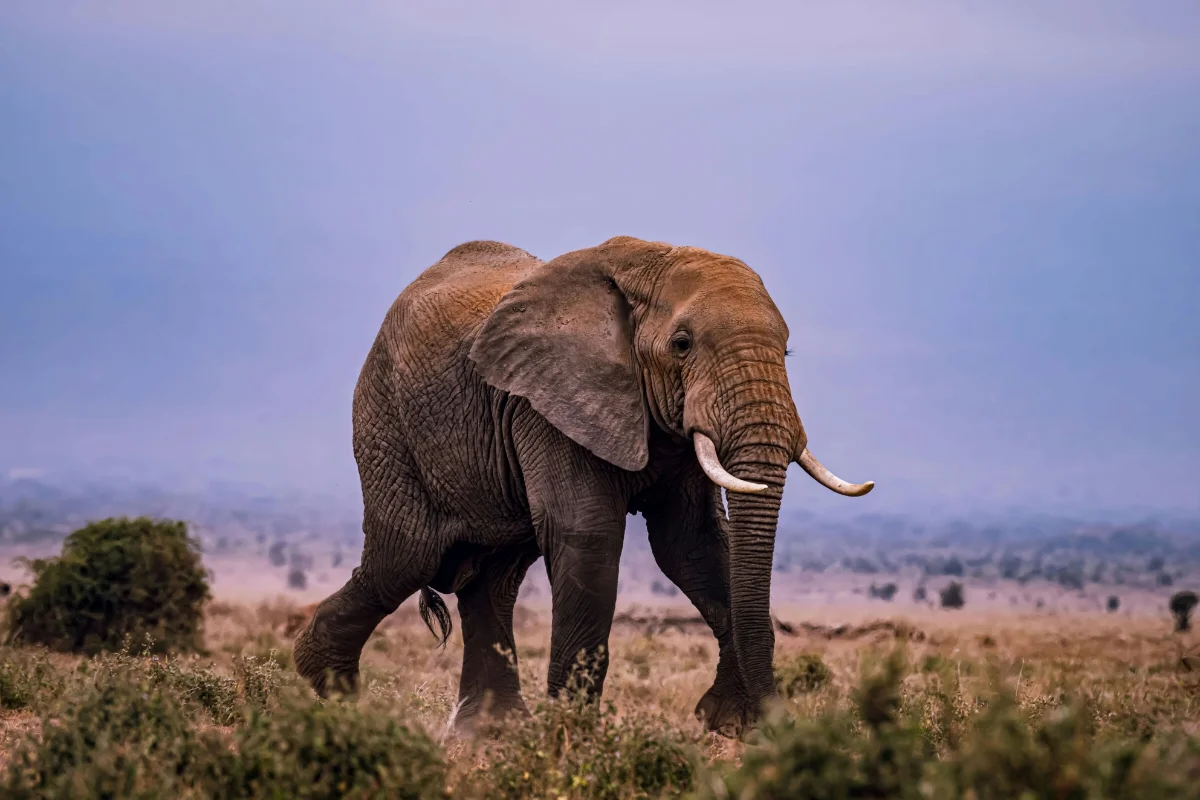Vulture
Vultures are large birds of prey known for scavenging carcasses. They play a vital role in ecosystems by preventing disease spread through…
Vultures are large birds of prey known for scavenging carcasses. They play a vital role in ecosystems by preventing disease spread through consuming dead animals. Found across various continents, these birds have developed unique adaptations for survival, including keen eyesight, powerful beaks, and strong stomach acids that help digest rotting meat safely.
Vulture Information
| Height: | 24–45 in (60–115 cm) |
| Length: | 24–50 in (60–127 cm) |
| Weight: | 2–30 lbs (0.9–13.6 kg) |
| Top Speed: | Up to 40 mph (64 km/h) |
| Food: | Carrion |
| Color: | Brown, black, white |
| Location: | Worldwide (except Australia, Antarctica) |
| Predators: | Eagles, jackals, big cats (for eggs/young) |
| Lifespan: | 10–50 years |
| Habitat: | Grasslands, mountains, forests, deserts |
| Gestation: | 30–60 days (egg incubation) |
Description
Vultures have broad wings, featherless heads, and sharp beaks designed for tearing flesh. They vary in size, with wingspans ranging from 4 to 10 feet. Their bald heads help maintain hygiene while feeding. Species like the Andean condor and griffon vulture differ in coloration, with some featuring white, brown, or black feathers.
Life Cycle
Vultures have a relatively long life cycle. They lay one to three eggs per breeding season, with both parents sharing incubation duties. Chicks hatch helpless and rely on parental care for food. Juveniles take several years to mature, with some species reaching adulthood at five to seven years.
Characteristics
Vultures are highly specialized scavengers with excellent vision and powerful digestive systems that neutralize harmful bacteria. Their featherless heads prevent infection while feeding on rotting meat. They are social birds, often seen in groups, and use soaring flight to conserve energy. Some species, like turkey vultures, have a strong sense of smell.
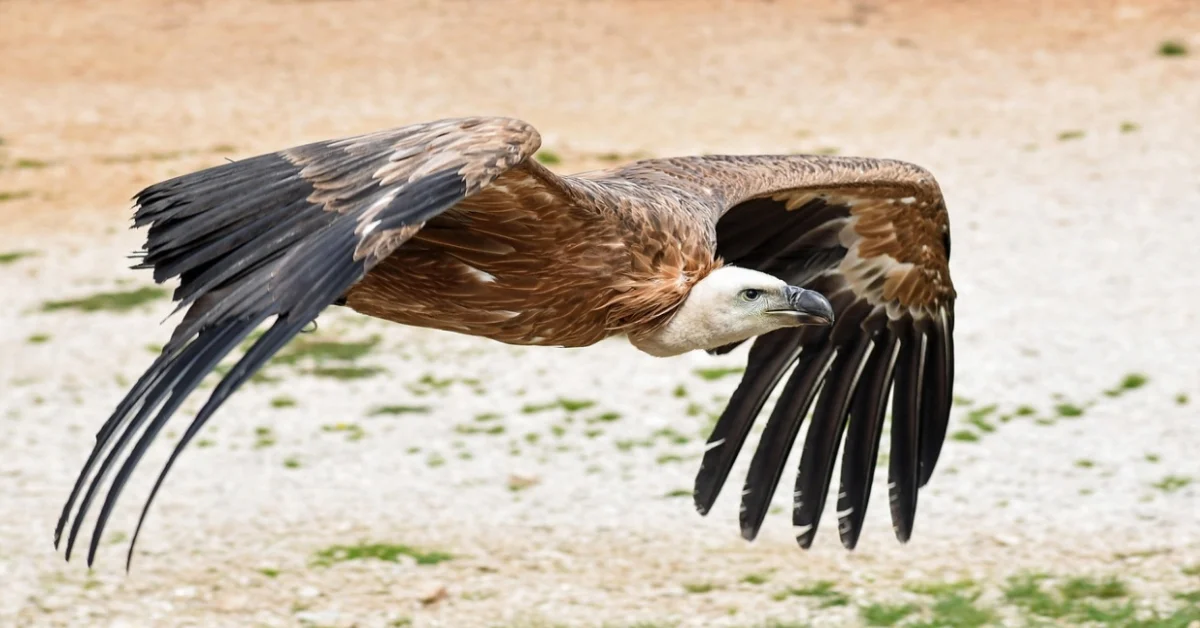
Care
In captivity, vultures require large enclosures with perches and space for flight. Their diet consists of fresh meat, avoiding processed foods. Proper hygiene is crucial to prevent disease. Enrichment activities like carcass-feeding mimic natural behaviors. Conservation programs rehabilitate injured vultures, ensuring they remain healthy before reintroduction into the wild.
Lifespan
Vultures can live between 10 to 50 years, depending on the species and environment. In the wild, threats like poisoning and habitat loss shorten their lifespan. However, in captivity, with proper care and nutrition, they tend to live longer. The Andean condor can reach up to 70 years in captivity.
Predators
Adult vultures have few natural predators due to their large size and defensive behavior. However, eggs and chicks are vulnerable to snakes, eagles, and mammals like foxes. Human activities, such as poisoning and habitat destruction, pose the greatest threats, often leading to significant population declines in some regions.
Habitat
Vultures inhabit diverse environments, including savannas, deserts, grasslands, and forests. They prefer open areas where they can easily spot carrion. Some species, like the bearded vulture, live in mountainous regions, while others, like turkey vultures, thrive in both rural and urban areas, adapting well to human presence.

Distribution
Vultures are found across Africa, Asia, Europe, and the Americas. Old World vultures live in Europe, Africa, and Asia, while New World vultures, like condors and turkey vultures, are native to the Americas. Their distribution depends on food availability, climate, and nesting sites.
Diet
Vultures primarily feed on carrion, using their sharp beaks to tear flesh. Some species, like the bearded vulture, consume bones, while others, like the palm-nut vulture, supplement their diet with fruits. They rely on keen eyesight or, in some cases, a strong sense of smell to locate decomposing animals.
Behavior
Vultures are social birds, often feeding in groups to deter competition. They soar on thermal currents, conserving energy while searching for food. Some species practice urohidrosis, excreting waste on their legs to regulate temperature. They communicate through body language and limited vocalizations like hissing and grunting.
Reproduction
Vultures usually mate for life, forming strong pair bonds. They lay one or two eggs per breeding season, incubating them for several weeks. Both parents share feeding and care duties. Chicks fledge after a few months but may stay with their parents for an extended period before becoming independent.
Vulture Scientific Classification
| Kingdom: | Animalia |
| Phylum: | Chordata |
| Class: | Aves |
Animals for You
References
1. Vulture Wikipedia Article – https://en.wikipedia.org/wiki/Vulture


